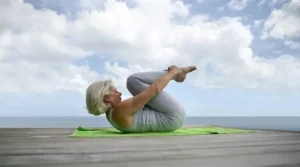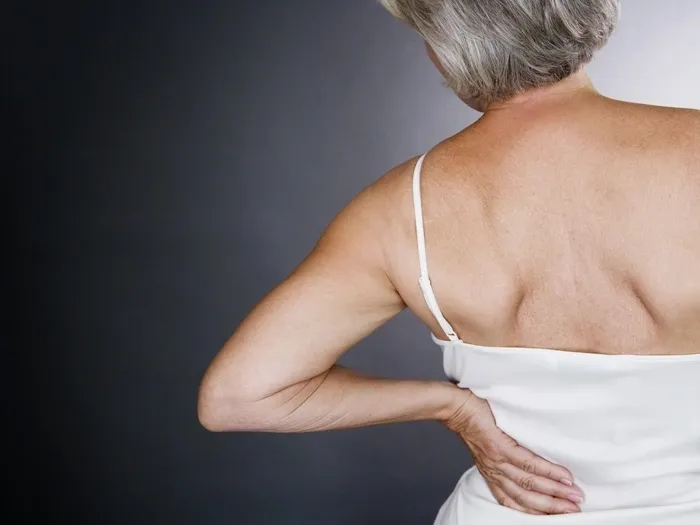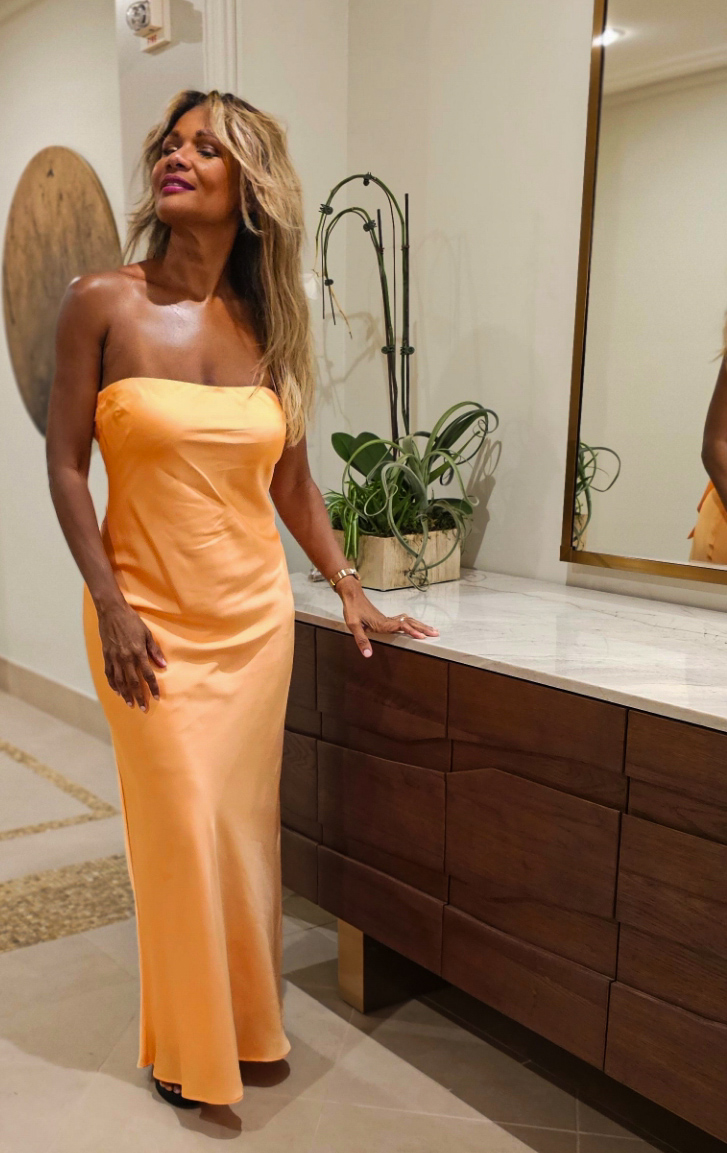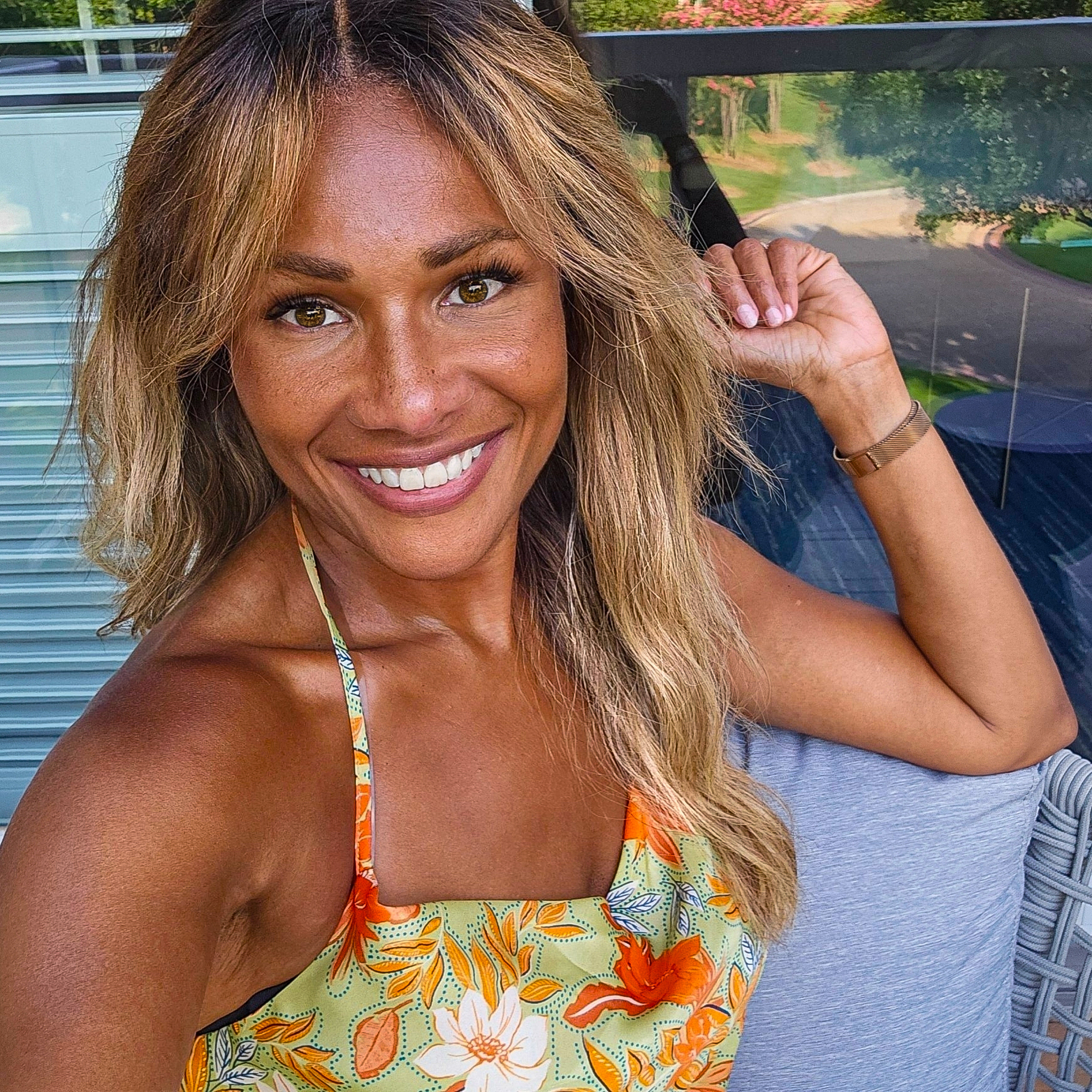Ah, the back. That magnificent piece of architecture, holds us upright, allowing us to strut our stuff down the sidewalk and bend down to tie our shoes.
But let’s face it, as we age, our backs start to feel like they’ve been drafted into a game of Twister they never signed up for. This is where the magic of back exercises comes into play.
Back exercises, my friends, are the unsung heroes of the fitness world. They’re like that reliable friend who always shows up when you need them – they never get the credit they deserve, but they’re always there, holding everything together.
As we age, our bodies do this funny thing where they start to lose muscle mass and bone density. It’s like your body decides it’s had enough of being sturdy and reliable and wants to try out being fragile and unpredictable. But back exercises are not having any of it.
These exercises work to keep your back muscles strong and flexible, helping to combat the effects of aging – think of it as a secret weapon against your body’s decision to go all Jenga on you. And that’s not all! A strong back also means better posture. So not only will you be preventing future back pain, but you’ll also be standing tall and proud, oozing confidence at every family gathering and supermarket checkout line.
And let’s not forget about balance. A sturdy back helps maintain balance as we age, making us less likely to take a tumble and more likely to continue doing the cha-cha long into our golden years.

4 Ways Exercise Helps Our Back
To summarize the benefits of exercise for our back, here are five things to remember:
- Strong muscles to support the back
- Strong abdominal muscles that improve posture
- Increased flexibility allows for more mobility
- A stronger spinal structure prevents injuries
What exercises are best for older adults?
Aging is a natural process, but that doesn’t mean you have to resign yourself to a sedentary lifestyle. In fact, engaging in regular physical activity can significantly improve an older adult’s health, wellbeing, and overall quality of life. So, what exercises are best for older adults? Ideally, an effective exercise routine for seniors should encompass a balanced mix of aerobic exercises, strength and resistance training, along with stretching and flexibility exercises.
- Yoga: Yoga is a low-impact activity that won’t strain your joints. At the same time, it helps you build up your muscles, stabilize your core, improve your flexibility, and strengthen your bones. Look for an introductory yoga class in your area to help you master basic poses. Some yoga programs are specially designed for older adults and include seated and standing options.
- Pilates: Like yoga, Pilates offers an effective workout while being gentle on joints. It focuses on building a strong core in order to improve balance and stability and has been shown to reduce the symptoms of arthritis, multiple sclerosis (MS), and Parkinson’s disease. Many of the exercises are performed in sitting or reclining positions. Pilates is a smart option to try if you haven’t exercised in a long time.
- Aerobic exercise: Adding endurance activity to your day can help boost cardiovascular function, strengthen lungs and airways, and improve everyday stamina. What counts as aerobic exercise? Walking, swimming, and using stationary bike are all good choices for older adults. Thirty minutes a day is the recommended amount. This can include three short, 10-minute sessions spread out over the day.
- Strength training: No, we’re not talking about bench pressing 100 pounds! There are simple, low-impact bodyweight training exercises you can do at home to help reverse muscle loss and burn body fat. These include wall pushups, stair climbing, squats, and single-leg stands. Some strength-training routines also incorporate light hand weights (1 to 2 lbs.) or resistance bands. Aim for two to three workouts weekly to reap the most benefits.







